Rural China's tough lessons in resilience
- Published
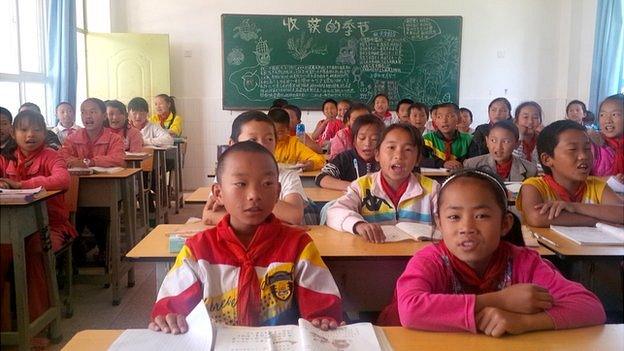
Qiao Tou Lian He elementary school: Most of the children are from poor uneducated families
Students in Shanghai have the highest results in international Pisa tests. But what is the state of education for China's rural poor, far away from the showcase cities? Andreas Schleicher, who runs the Pisa tests, went to find out.
About 1,900 miles south west of Shanghai is Qiao Tou Lian He elementary school.
It's an hour's drive from the town of Tengchong, which might seem a small distance in comparison, but most of the school's children have never made it to Tengchong.
Providing an education for children in such sparsely-populated rural areas is one of China's major challenges.
While the economic and social development of these rural regions has been remarkable, China's coastal cities are racing ahead at an even faster pace.
Pupils left behind
That fuels an endless stream of people moving to the cities - students looking for better education, parents looking for work, but also good teachers who are looking for more fulfilling careers.
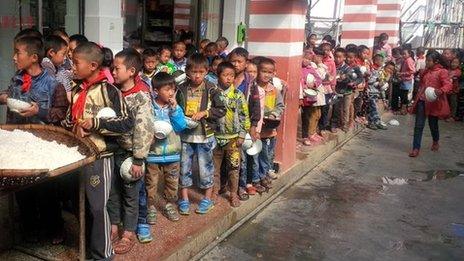
Queuing for food: Children spend all week at school as it is too far to walk home
Shanghai alone registers 1,000 additional cars each day bought by those who have made it up the social ladder.
But what about those children who remain behind in the rural areas or in the mountains?
China has begun to consolidate rural schools into bigger schools which can provide a critical mass of teachers and services.
It is never easy to amalgamate schools like this. For generations schools have been the heart of villages and when the children leave, communities see their future endangered.
There have been serious implementation problems, most notably around transportation, that have bogged down progress and in some areas brought the merger process to a halt.
But Qiao Tou Lian He school is an example that is well on its way.
It offers children from four former remote schools educational opportunities that neither they nor their parents could have ever had in their villages.
In terms of standards, the maths classes seem to be at least at the same level you would see in a European classroom. As in Shanghai, virtually all of the students perform at a level that is consistently high.
And keep in mind, these are children whose parents will usually have had no education whatsoever.
The first thing that catches the eye is that in this poor neighbourhood of simple houses and farmlands, it is the school rather than the shopping centre that has the cleanest and most impressive building.
Most of the children stay for the week as they have to walk for several hours to reach their homes, so the school has become their family.
However, this school of 714 children can afford just 29 staff, which means that these primary school children have to assume an incredible amount of individual and social responsibility, with very limited social and emotional support from adults.
Their dormitory is an array of tiny rooms that each hold 12 beds and 18 children.
The rooms are in impeccable order, with the belongings of each child tidily arranged.
Resilience
A cheerful squad of 10, 11 and 12 year olds walk from room to room, with notebooks in which they record issues around hygiene and discipline. They help the smaller children as best as they can.
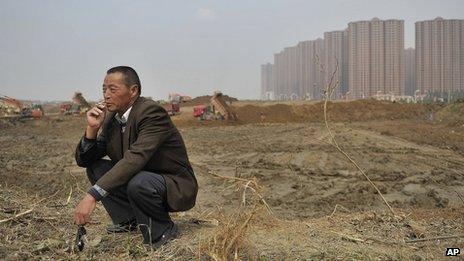
High rise ambitions: Rural China has seen a rapid process of urbanisation
An extraordinary workload rests on the small teaching staff. There are teaching and non-teaching duties, which leaves just a single teacher to oversee the social life of this dormitory, with the many needs of these hundreds of small children.
Education systems around the world want to make children "resilient", so that they can persist in a changing world, trying, failing, adapting, learning and evolving.
Few children will be better prepared for this than the students of Qiao Tou Lian He school, even if the price for this is so high.
It will not be easy when the students go home, they often have no one to talk to, their parents may be working far away, and even if they are at home, they may not understand the world that is opening up to these children.
Teaching the teachers
Teaching conditions in Qiao Tou Lian He school are tough.
In many countries, results can be severely impeded if a quarter or more of the students come from disadvantaged educational backgrounds. Here every child comes from a poor background.
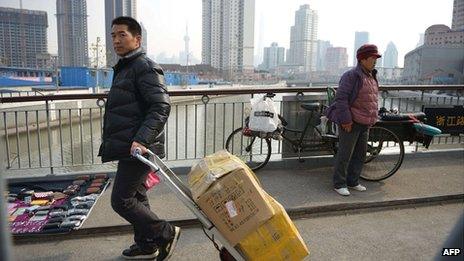
Many parents have moved to cities such as Shanghai to find work
In Shanghai, teachers have smaller classes and can rely on much better initial preparation and more extensive training. They spend 70% of their time teaching and 30% of their time learning, often in collaboration with teachers from other schools.
Qiao Tou Lian He is on its own. But the teachers here show an amazing commitment and have a positive atmosphere in every classroom. It is rigorous, highly disciplined and yet joyful.
The dynamic leader of the school is Mr Huang, who became a principal at the age of 25 not because he had specific training, but because he had been the only educated person in his village.
He has an impressive vision and determination to overcome whatever barriers stand in the way of advancing his school.
He is squarely focused on supporting, developing and evaluating his teachers, only a handful of whom have a high school degree and more than basic teacher training.
Mr Huang helps teachers to work together to develop good practice and wants to provide intelligent pathways for their careers.
There are competitions for teachers here too and one of the language classes is taught by a local competition winner.
Over lunch in his office, Mr Huang explains how he works with individual teachers on any weaknesses in their practices.
He motivates his teachers to make the necessary changes. There are high expectations and a collective belief in their ability to make a difference for every child. Teachers and principal seem to share the belief in the possibilities for all children to achieve.
Willing to learn
Mr Huang keeps close track of teacher performance, looking at both student achievement and classroom management.
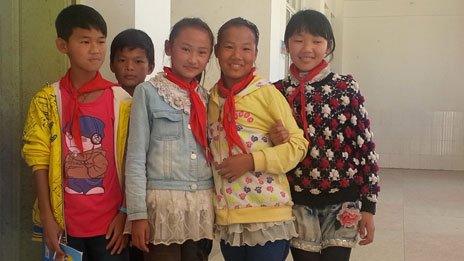
Pupils have to take responsibility for themselves from a young age
Over time, he also hopes to bring parents along, offering workshops for them not just on how to support their children's education but also on how to become good parents.
It requires effort from children too. A pupil called Min explains that his greatest joy is to read books in a bookstore, not around the corner, but a good two-hour walk from his home.
There are also projects to improve the quality of teaching. Teach for China is supporting more than 80 schools by recruiting some of the most promising young graduates who will teach in rural schools for two years.
China seems to have been able to convince its citizens to make sacrifices today for a better future tomorrow.
This is a country where everyone is willing to learn, students are learning for a better life, teachers are learning to improve their teaching, schools compare themselves eagerly with other schools and, perhaps most importantly, the system as a whole is willing and able to learn.
Whether China wants to design a better sewer system, retirement system or school system, it sends key people in the relevant sector to visit the world's best performers.
They find out how they do it and try to put together a design for China that is superior to anything that they have seen anywhere else.